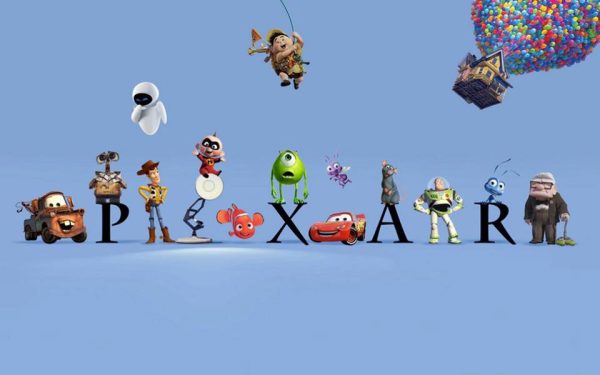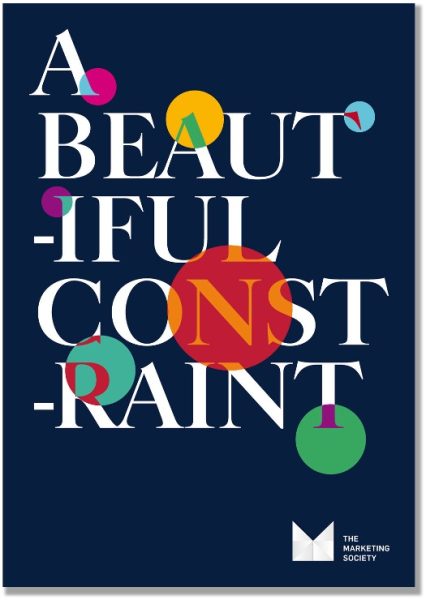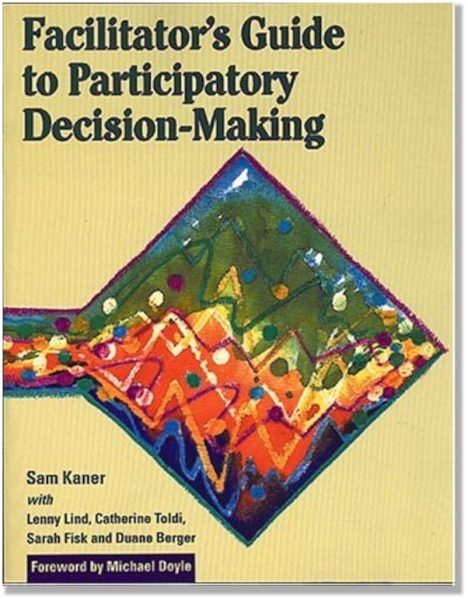Often when we gather for full team meetings, we are asked to dream up ways to innovate and overcome roadblocks so that our programs, outreach, and fundraising feel fresh. But what do you do when the “idea well” seems to run dry? Here are three tools from improvisation that you and your team can use during your next brainstorm to develop a mindset of collaborative creativity.
1) Yes, And
Ever heard the adage “in a brainstorm, there are no bad ideas”? If you’ve scoffed at that pithy phrase, you are not alone. Yet, professionals in improvisational theatre know through experience that, while it may sound corny, it is true. What makes an idea fall flat isn’t its inherent value (or lack thereof) but how it is received and built upon. If we say “yes, and” to the ideas from our colleagues, we discover that idea that we thought was worthless as a rock is a total gem.
Here’s what not to do:
Jalen: Ok, we are having a hard time selling tables for our fundraiser. What if we named each table something fun?
Marcia: (barely suppresses an eyeroll) I don’t really see how a fun name is going to sell a $30,000 table.
Brainstorm over.
Here’s how to do it: literally say “yes, and,” and then add something to the mix.
Jalen: Ok, we are having a hard time selling tables for our fundraiser. What if we named each table something fun?
Marcia: Yes, and what if the fun names were connected to students who graduated our last cohort?
Jalen: Yes, and what if those students could guest at the tables as ambassadors?

Saying “Yes, And” invites collaboration, inspires more ideas, and cultivates safe space for putting your ideas out there. At Pixar, where folks know a thing or two about creativity, they call this “plussing.” Their plussing rule (also inspired by improv theatre) is that you can’t eliminate or criticize an idea without first saying something you like about it and adding a twist.
2) Listen First
We all know the feeling of trying to work with someone who is just waiting for us to stop talking so that they can talk. (If you don’t know, uh-oh, it might be you.) There is no collaboration without listening. However, listening isn’t always as easy as it sounds. It takes practice and training.
One exercise we do as improvisers is to create a scene in which every sentence has to start with the last word of the sentence before. That prevents the improviser from planning ahead because they literally don’t know what word they are going to need to use. They have to listen.
In a meeting, you can use this same idea. Instead of starting your sentence with the last word someone used, you can sum up or reflect on what you heard from the other person. In The Facilitator’s Guide to Participatory Decision Making, they call this paraphrasing and recommend it as one of their “techniques for honoring all points of view.”
Here’s what not to do:
Jalen: What if we named each table something fun?
Marcia: I think we should post a tiktok about the event every day this week.
Here’s how to do it:
Jalen: What if we named each table something fun?
Marcia: Ooh, Jalen, I hear you think fun table names would draw some interest. I had been thinking about how we can drive attention on social media. I wonder if somehow those ideas can work together.
Please note that when you paraphrase someone’s idea you attribute their idea to them. Not only do you avoid being a jerk, but positive acknowledgement might encourage more people to share ideas.
3) We Can If
At times, our problem-solving sessions get tense. We have narrowed down our ideas to a couple and those seem to be competing. There are entrenched camps for Marcia’s idea and Jalen’s idea. Each camp only shares what is wrong with the other camp’s idea.
Here’s what not to do:
Jalen: This TikTok idea is a nonstarter. We don’t have time to do the posts, we don’t even have an idea yet for the posts, and I don’t know if our donors are even on TikTok.
Marcia: It’s better than fun table names. We don’t know what names and who would care about that. That’s a very surface solution.
 You might be thinking that Jalen and Marcia each have some good points, but they are not moving the conversation forward. Instead, they could use “We Can If…” which comes from A Beautiful Constraint by Adam Morgan and Mark Barden. They describe how this tool can “[keep] the conversation focused on movement towards possible solutions, unchecked by the presentation of potential problems.” I learned about it from one of my improv mentors at Impro Theatre as a method for training your brain to live in a space of “yes.”
You might be thinking that Jalen and Marcia each have some good points, but they are not moving the conversation forward. Instead, they could use “We Can If…” which comes from A Beautiful Constraint by Adam Morgan and Mark Barden. They describe how this tool can “[keep] the conversation focused on movement towards possible solutions, unchecked by the presentation of potential problems.” I learned about it from one of my improv mentors at Impro Theatre as a method for training your brain to live in a space of “yes.”
Here’s how to do it: Use “we can if” to reframe your concerns so that you keep the creativity flowing.
Jalen: Ok, let’s explore Marcia’s TikTok idea. I think we can if we come up with a compelling thread for the posts. We can if we lighten up our social media intern’s duties for the week, and we can if there’s a way to directly share the posts with our key leads.
Now Jalen is collaborating instead of being a roadblock. They may not end up doing the TikToks, but they will have learned more about their strategy and resources by going through the process.
Creativity is not just a gift; it is a practice. Give one of these exercises a try if you want to replenish your well of creative collaboration.

